
DAY TRIP | Debre Libanos Monastry (Scenic countryside, Mountains, Nature, Wildlife, History)
$150.00
- Reviews (0)
Be the first to review “DAY TRIP | Debre Libanos Monastry (Scenic countryside, Mountains, Nature, Wildlife, History)” Cancel reply
Related Products
-
SAFARI EXPERIENCE + TREKKING (Bale National Park) – 5 Days
$959.000 out of 5 -
SAFARI EXPERIENCE: AWASH NATIONAL PARK – 2 Days
$200.000 out of 5 -
Overnight Trip to the Town of Olympic Champions (Bekoji)
$250.000 out of 5 -
Ethiopian New Year Eve Celebration with Addis City Tour
0 out of 5$69.00Highlights
Ethiopian New Year takes place in September around the 11th or 12th. It is Known as Enkutatash, which means “Gift of Jewels”. Ethiopian follow the Julian Calendar that contains of 13 months (12 months of 30 days and one month with just 5 days/6 in a leap year). The calendar is 7 years and 8 months behind the Western Gregorian calendar. The New Year signifies the end of the rainy season and the lush green landscape (from 2-3 months of heavy rain) is very picturesque dotted with yellow Meskel Flower and a great time to celebrate the new year harvest. Celebrations are both religious and secular including church services and festive family meals. Children gather yellow flowers, receive small gifts and sing.
-
Stopover Tour | Trip To Washa Michael – Rock Hewn Church In Addis Ababa
0 out of 5$150.00Can’t get to Lalibela, but a want to see a Rock Hewn Church near Addis Ababa? Washa Mikael!!
The Washa Mikael Rock Hewn Church (Amharic: ዋሻ ሚካኤል [wä schä mi kä el] literally “The Cave of Michael”) is a rock-hewn semi-monolithic church located in the Yeka District of Addis Ababa, the capital city of Ethiopia. Historians and the Ethiopian Orthodox Church date it back as far as the 4th century AD pointing to its resemblance to Aksumite era churches in other regions of Ethiopia and to the Sabaen artifacts found at the site of the church. They further explain that structures in and around the church show that the area was once used as a training ground for the horsemen of the Aksumite armies of King Ezana, arguing that the area was one of the territory held by the vast Kingdom of Aksum. It is a popular tourist destination.
History
Washa Mikael church was constructed in the Shoan architectural style with some influences from the Aksumite style. Similar to the some of the churches of Lalibela, Washa Mikael is a rock-hewn semi-monolithic church.
In the 19th century, Emperor Menelik II rediscovered the structure after it was initially abandoned during the Abyssinian-Adel war. He had the Tabot of St. Michael moved from inside the church to a church he had build lower down the mountain called Yeka Mikael. He subsequently made attempts at restoring and preserving the structures of the church.
The church suffered damages during the heavy bombing campaigns of the Italians during the second Italo-Ethiopian War.
From above the church has a “U” shape also known as the letter “ሀ” in the Ethiopian Alphabet. This shape was meant to signify the Ge’ez phrase starting with the same letter, “ሀልዎቱለ ኣብ እምከድሜ ዐለም” (Halwotule ab emkdme alem) which means “Before anything existed, God was here”. The original church stood 7 meters tall and had 7 windows which represented the 7 heavens, 7 days and 7 angels.
Reference : Wikipedia
-
Axum | Customized
5 out of 5$549.00AXUM TOUR
-
Harar City and Babile Elephant Sanctuary Tour 2 -3 days
$250.000 out of 5 -
Safari | Arbaminch and Nech Sar National Park
0 out of 5$740.00If you have an interest of staying with deep nature and seeing various animals Arbaminch and Nech Sar national park is a paradise. Some animals you will see include big African Crocodiles, families of hippos, warthogs, monkeys, gazelles, ostriches, zebras , kudu and a number of bird species.
HIGHLIGHTS:
– Visit fourty springs of Arba Minch :
Arba Minch, which is Amharic for ‘Forty Springs’, is named after the innumerable little springs that bubble up right at the base of the ridge below the town. All the development (the city pumps its water from here) and the fact that it’s not especially scenic to begin with make it only worth visiting if you’ve already paid park fees. The 3km road there from the headquarters, however, is beautiful and is a good, easy walk.
– Visit Crocodile Market and hipopotamus while cruising on Lake Chamo :
Where the Kulfo River empties into Lake Chamo you’ll find oodles of crocodiles sunning themselves. Both the size of the congregation and the size of the crocs (6m is common) make this one of Africa’s best crocodile displays. There are also plenty of hippos, fish eagles and shore birds.
– Visit Nechisar National Park.
Its varied terrain spans escarpments, swamps and forest. Zebras and gazelles roam the vast savannahs of the Nechisar Plains. The large, brown-red Lake Abaya sits on the north side of the mountainous “Bridge of God” isthmus. To the south is Lake Chamo, known for its big Nile crocodiles. The park is home to many birds, including the rare Nechisar nightjar.
– Visit the Dorze people :
Famous for their skills in cotton-weaving. They are also known for their intricate bee-hives looking huts.
INCLUDED:
– Pick-up from Airport
– Professional English speaking guide
Transportation
– Accommodation at the beautiful lake view Emerald hotel
– Professional guide
– Road transportation cars, drivers, fuel
– Fees for entrances,
– local guides,
-*scouts,
– boats for activities mentioned above.NOT INCLUDED:
– Meal plans
– Photo and video fees
– Other personal expenses -
One day tour to Lalibela Rock-Hewn Churches
0 out of 5$240.00Lalibela is one of the amazing ancient cities in the world and it has been inscribed as one of UNESCO’s world heritage site in 1978.
Lalibela has a 900 years old aged rock- hewn churches. The churches are 11 in number , all made of carving a single rock and some interconnected one another. Every church in there has its own unique design. It is really something that everyone have to see in life time.Lalibela is aslo known as to be the Jerusalem of Africa !
-
Celebrating Epiphany | Ethiopia’s most colorful holiday of the year.
0 out of 5$270.00Timket is the greatest colorful festival of Orthodox Christians in Ethiopia. The festival of Timket falls on January 20. It is observed in commemoration of Jesus Christ’s baptism in River Jordan. Timket is a two-day affair and all the ceremonies are conducted with great pomp.
Timket traces its roots back to biblical times. In the early days of Judaism, a sacred box overlaid with gold was kept in the most holy place in the Jewish temple. Known as the Ark of the Covenant, it represented the coming Messiah.
Fast forward to the first millennium, when Jesus of Nazareth was hailed by many as that long-awaited Messiah. His earthly ministry was marked by baptism in the Jordan River. Ever since, Ethiopian Orthodox churches have treasured and closely guarded their own model of the Ark of the Covenant, called a tabot. The tabot only leaves the church during Timket, when it’s carried with great pomp to a nearby pool or river and immersed, along with many of the Christian faithful, in commemoration of Jesus’ baptism.

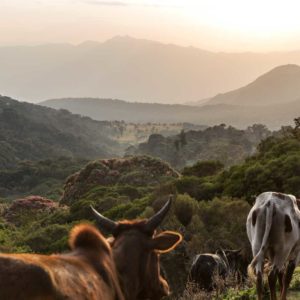
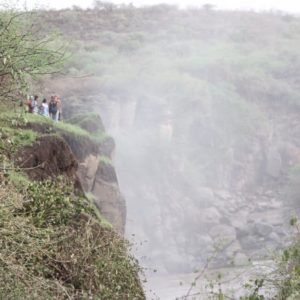


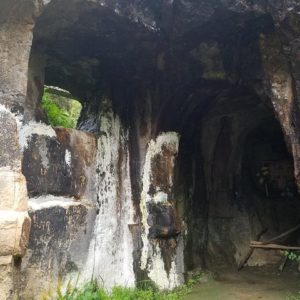
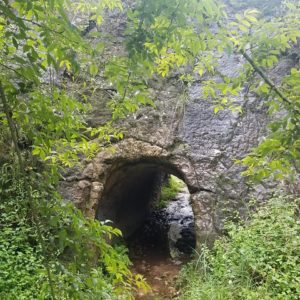
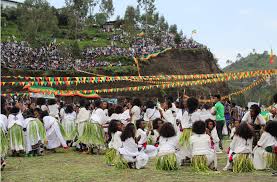
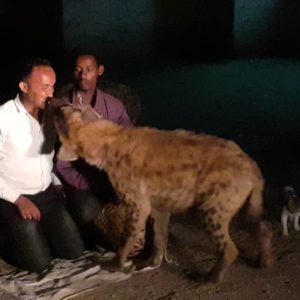
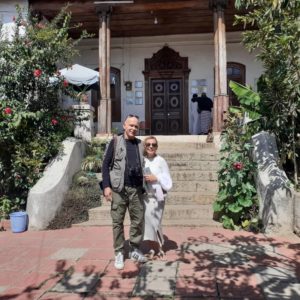

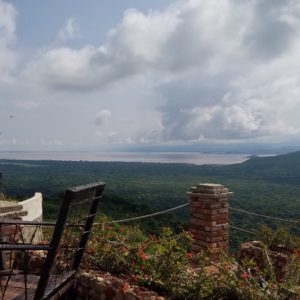
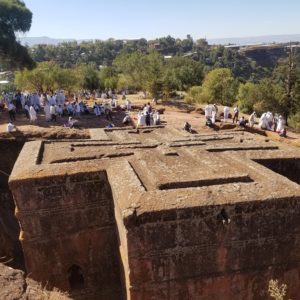
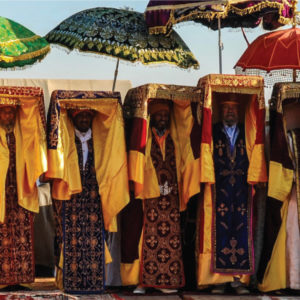
Reviews
There are no reviews yet.